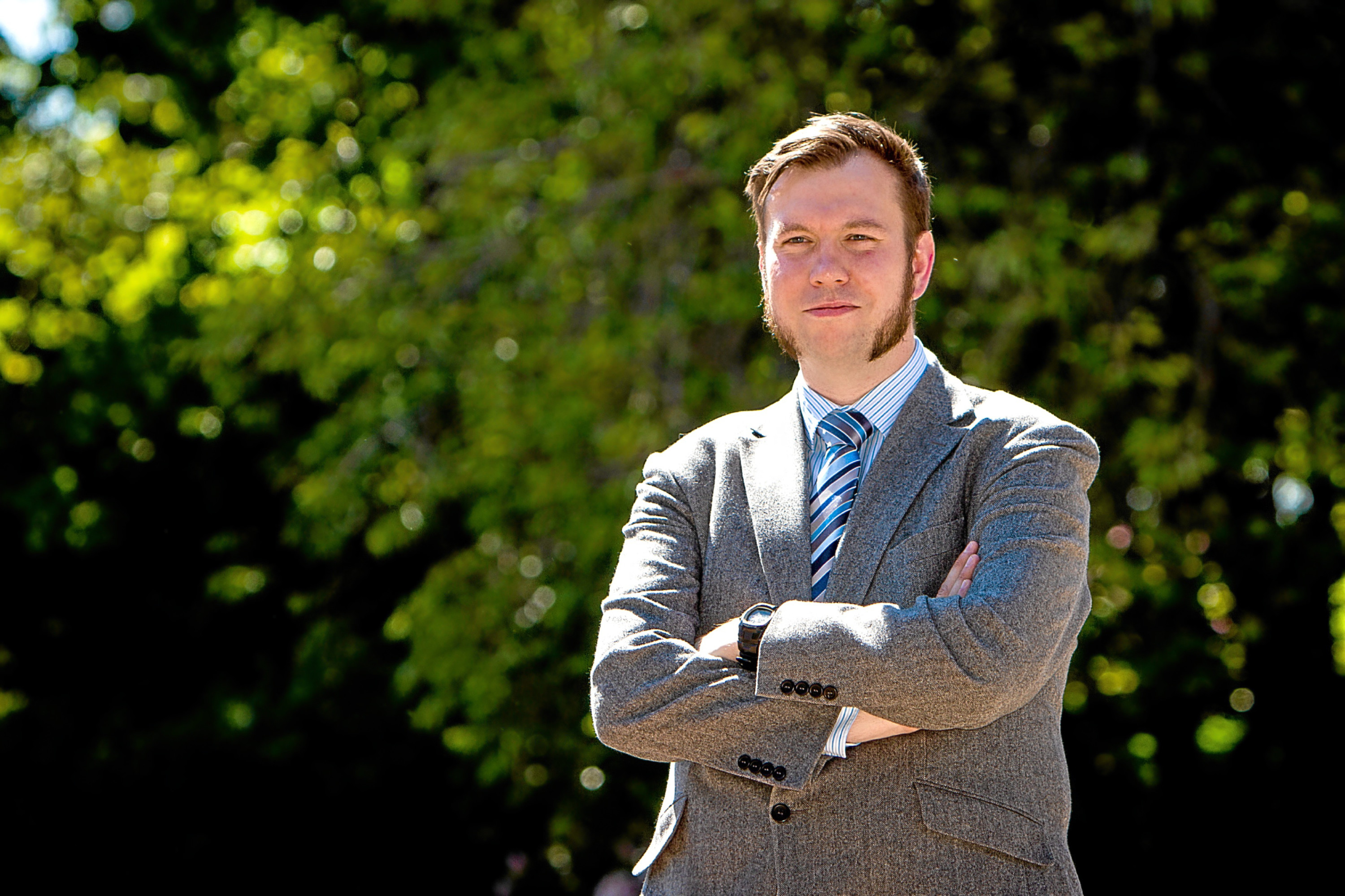The controversial named person scheme could create a “black hole” in child protection and increase teacher workloads, teachers have warned.
Speaking at the EIS AGM in the Caird Hall in Dundee, local EIS secretary David Baxter demanded an investigation into how teachers who are appointed named persons are supposed to fit their duties into a 35-hour working week and a 195-day working year.
From August 31, every child in Scotland will be given a named person, who will act as a single point of contact for them or their parents if they want advice or support.
They will also be contacted by other agencies, such as medical staff, if there are concerns over a child’s welfare.
In most cases, the named person will be a health visitor, midwife, headteacher, deputy headteacher or guidance teacher.
But Mr Baxter warned the scheme is being introduced without any thought for teacher workloads.
He said: “There appears to be a big black hole surrounding the provision of the service that needs to be questioned, namely teachers’ contractual rights.
“The named-person role as a statutory responsibility cannot be ignored. The undertaking of this role will require time and it will require resources, and all of this has to fit into our terms and conditions.
We should be getting it right for children, not getting it kind of right on a budget.
“What happens during holidays? What happens out of hours? What happens if the post is shared? Who then is designated as the named person?
“The reality is that young people will end up with several named people in term times and holidays.”
Mr Baxter continued: “Any local authority that claims this is merely a continuation of good practice is at risk of burying their head in the sand and ignoring the potential risk.”
He added: “We should be getting it right for children, not getting it kind of right on a budget.”
Fellow council member John Swinburne said: “It is a misguided, stupid, nonsensical piece of legislation, and who will pick up the tab for it?”
Over 300 delegates also voted in favour of a motion calling on the union to organise an immediate a ballot on industrial action, including strikes, over the lack of progress in cutting workloads.
And there was also anger over the Scottish Government’s plans for the reintroduction of standardised testing as part of the National Improvement Framework.
In Highland, where the named person was piloted, there was a reduction in the workload of hard-pressed staff, which has been welcomed by families.
Former EIS president Helen Ross said: “I teach a primary four class with 31 children in it. There is a group that really struggles and a group where they are reading at primary seven level.
“Are you seriously telling me (education secretary) Mr Swinney that I, as a professional teacher have to give these children the same test? Because, frankly, I am not doing it. It is criminal.”
A Scottish Government spokesperson said: “We are committed to tackling bureaucracy and freeing up our teachers to teach. The Scottish Government has been working with unions, local authorities and other partners to address concerns over workload.
“In Highland, where the named person was piloted, there was a reduction in the workload of hard-pressed staff, which has been welcomed by families. The Scottish Government is also providing local authorities with an extra £9.8 million in 2016-17 to support them with support to address any workload issues for schools while the new systems are bedding in.
“We have provided guidance on arrangements over the holiday periods to ensure that young people’s interests are safeguarded at all times. Local authorities are responsible for putting in place arrangements to ensure continuity of the service during holiday periods.”
